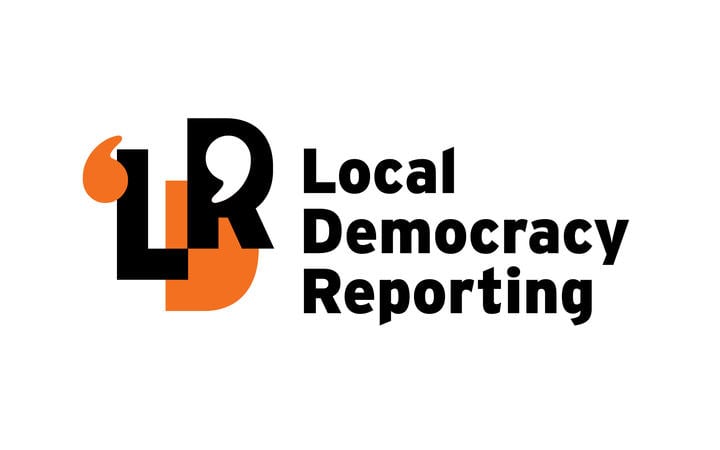A “gaping hole” in critical information about the Whanganui River catchment is being filled by a project launched by Whanganui River Māori.
The LiDAR data mapping project aims to gather information that will support efforts to restore and preserve the catchment, says Ngā Tāngata Tiaki o Whanganui, the post-settlement governance entity for the Whanganui River Claims Settlement.
Kaihautū Nancy Tuaine said LiDAR data is crucial for the management of natural hazards such as flooding, landslides and erosion.
It also provides detailed, farm-scale land information that benefits agriculture, forestry, hapū, iwi and the private sector across development, engineering, architecture and design.
Tuaine said commissioning the elevated data mapping was a vital step in boosting the resilience of the region’s ecosystems and communities.
LiDAR, or Light Detection and Ranging, is a remote sensing technology that uses laser pulses to examine the earth’s surface, measure distances and create three-dimensional models and information.
Tuaine said Ngā Tāngata Tiaki had to find around $1 million to fund the LiDAR project for the Whanganui River region.
“We did it,” Tuaine told Local Democracy Reporting.
In a world first, the Te Awa Tupua (Whanganui River Claims Settlement) Act 2017 gave the river the legal rights of a person.
Whanganui River Māori have since called on the wider community to work together and make collective decisions to keep the river healthy and move toward sustainable practices for healthy waterways.
In July last year, Ngā Tāngata Tiaki partnered with the Australian Rivers Institute at Griffith University in Brisbane to work on building the resilience of the Whanganui River catchment using the institute’s data-driven decision-making tool.
The tool prioritises investment in catchment restoration and aims to optimise stakeholder efforts through comprehensive cost-benefit analysis.
“During initial discussions, it became clear that LiDAR elevation data was a key input for the success of this work,” Tuaine said.
“It was also discovered that the Whanganui River catchment was one of the few remaining regions in the North Island where this data had not yet been collected.”
Whanganui District Council had carried out LiDAR for urban settings only to help with planning and infrastructure, while regional LiDAR data acquisition for the catchment had not been pursued by Horizons Regional Council because of funding constraints, Tuaine said.
“Recognising the importance of this data, Ngā Tāngata Tiaki o Whanganui set out to secure funding to get LiDAR across the Whanganui River catchment.”
Toitū Te Whenua Land Information New Zealand and Kānoa - Regional Development & Commercial Services at MBIE committed up to $600,000 (60%) of the funding by including the project in the Provincial Growth Fund programme to extend national LiDAR coverage.
Another 23% was contributed by Te Pou Tupua o Te Awa Tupua, who represent and advocate for the interests of Te Awa Tupua (the Whanganui River), while Whanganui District Council fast-tracked a LiDAR commitment to contribute 16%.
Finally, a group of tamariki at Rānana Marae, Te Morehu Whenua, contributed $5000 after the children heard of the data’s value in improving the river’s ecosystems.
“This collaboration demonstrates the power of iwi, community and institutional partnerships to protect and enhance the Whanganui River,” Tuaine said.
“This LiDAR data will provide critical insights and tools to ensure the health and sustainability of our river and its surrounding ecosystems for future generations.
“[It] will play a pivotal role in ongoing efforts to restore and preserve the Whanganui River catchment, providing invaluable support for both environmental and community-focused initiatives.”
The work is underway and should be completed by the end of June.
Tuaine said the open data will be invaluable as a planning tool for regional and district councils and others in the public and private sectors, including farmers.
“It’s not just valuable to us – there’s a gaping hole for that kind of information and we have secured this critical data for the Whanganui River region.
“LiDAR maps to one metre elevation, providing far greater definition and accuracy as a planning tool, and far better understanding of our landscapes.
“It will allow all stakeholders to make data-driven decisions to improve the health and wellbeing of the river and its lands.”
LDR is local body journalism co-funded by RNZ and NZ On Air



